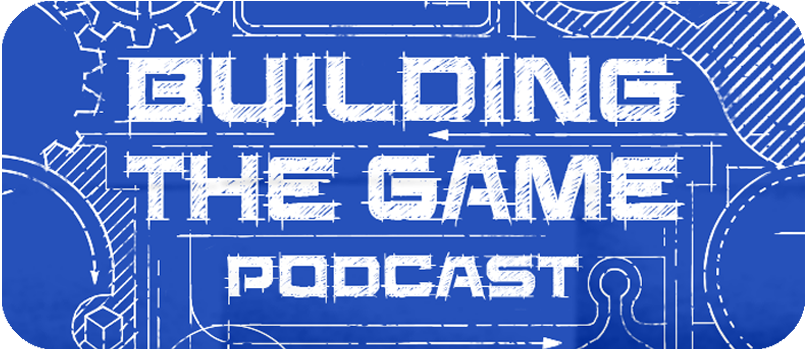Episode 29: Dirty Money and Standing in Line
Podcast: Play in new window | Download
Subscribe: RSS
BTG on iTunes
Intro and Welcome:
Contest winner Chip Beauvais
Whatcha been playing?:
Jason has been playing: Dominion, Forbidden Island
Rob has been playing: Nightfall
“Mechanic” of the Week:
Currency in games
Other Games we mentioned:
Practicing the Pitch:
Chip pitches Standing in line.
Check out his other game ideas here.

I enjoyed this episode, but your discussion on money in games seemed to miss a big point, and that is that money is the same as any resource in any game. Money is just one possible theme tacked onto a resource.
For example you talked about mana in magic the gathering, and differentiated it from money in dominion even though both just represent the ability to produce game resources at any point in the game.
I think you are relating mechanics to one another that aren’t mechanically related at all and are just related in theme. The example of money that is produced for a turn and goes away as a resource is mechanically identical to action points. But money that stays in your possession throughout the game and acts as a win condition is mechanically indestinguishable from points in another game.
Yet your segment on money treated these two distinct mechanics as members of the same family, even though they are only related in theme.
I think the main thing to understand is that most games are balanced around some central resource, usually points. Then everything in the game has an either hidden or obvious transitive relationship to that central resource. For example a game where you win by having the most money, yet you can spend money, would have a cost curve embedded in the game that would encourage spending the main resource because of greater returns of spending rather than hording.
In this theoretical game, money is the central balancing point that the whole game operates on. In a game where money buys cards, which have actions that gain you points, money is no longer the central balance point of the game. Everything should be balanced around Points in this game, and not money. Using transitive relationships, you can derive how many points one unit of money is worth (for example if its five gold per card, and a set of three cards can get you a point, then good is roughly worth 1/15th of a point.)
I think understanding these relationships in your designs is helpful and fun. I reccomend the following link for a quite in depth discussion of game balance
http://gamebalanceconcepts.wordpress.com/2010/07/21/level-3-transitive-mechanics-and-cost-curves/